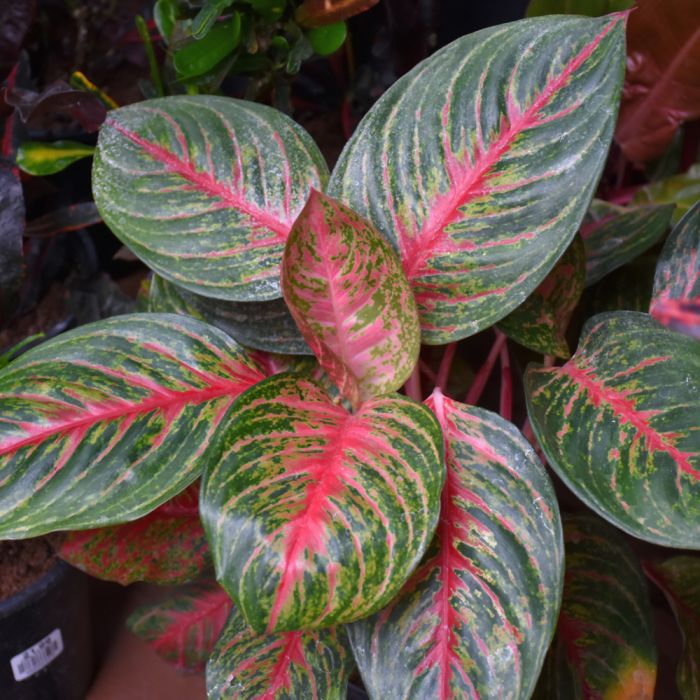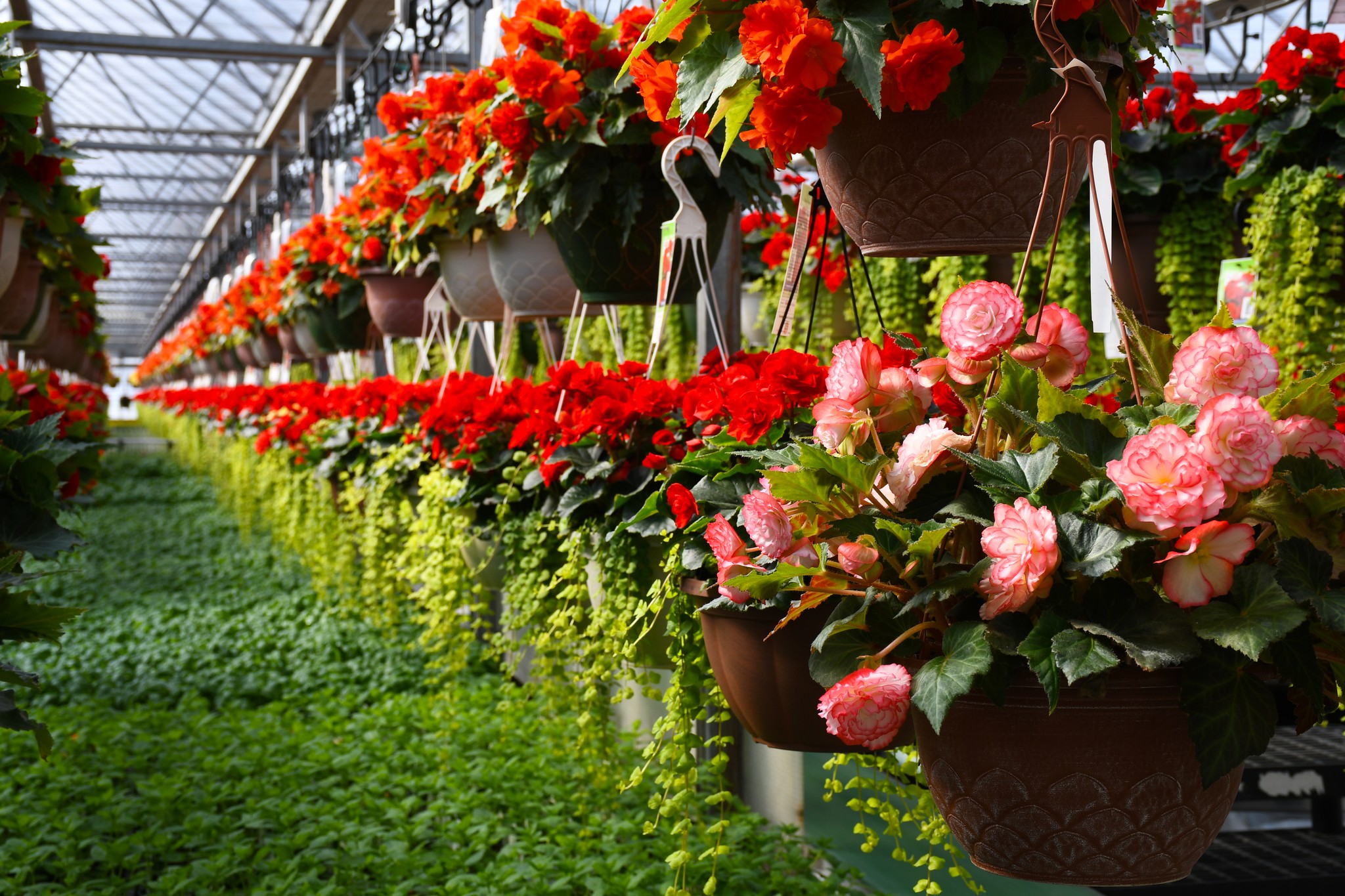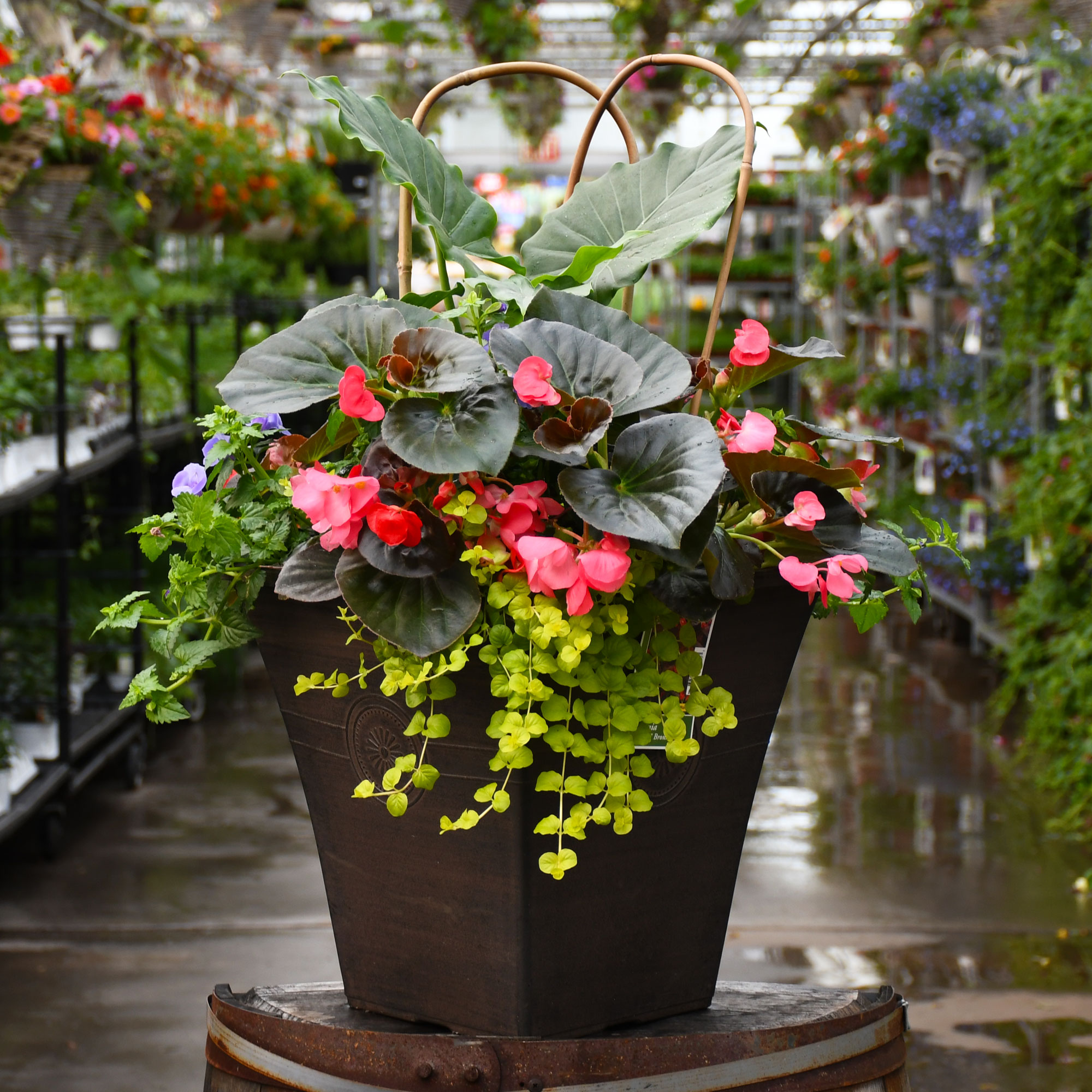Aglaonema 'Red Emerald'



- Sun Preference
- Part-Sun, No-Sun
Description
Red Emerald Chinese Evergreen | Aglaonema 'Red Emerald'
A very popular houseplant that is very easy to grow; survives poor lighting and low ventilation; variegated glossy green leaves with bright red veins; depending on pot size it can range from being used for tabletop or as a floor accentDirect from the Grower
When you see the Gerten Grown logo on our annuals, you know you're getting a fresh plant directly from our greenhouse. We've been perfecting our growing process for over four generations and pride ourselves on providing local quality and freshness to our customers. Better pricing on better quality plant material, that's Gerten Grown.
Details
Red Emerald Chinese Evergreen's attractive glossy pointy leaves remain green in color with distinctive red veins and tinges of chartreuse throughout the year on a plant with an upright spreading habit of growth.
This is an herbaceous houseplant with an upright spreading habit of growth. This plant may benefit from an occasional pruning to look its best.
When grown indoors, Red Emerald Chinese Evergreen can be expected to grow to be about 3 feet tall at maturity, with a spread of 3 feet. It grows at a slow rate, and under ideal conditions can be expected to live for approximately 10 years. This houseplant performs well in both bright or indirect sunlight and strong artificial light, and can therefore be situated in almost any well-lit room or location. It prefers to grow in average to moist soil. The surface of the soil shouldn't be allowed to dry out completely, and so you should expect to water this plant once and possibly even twice each week. Be aware that your particular watering schedule may vary depending on its location in the room, the pot size, plant size and other conditions; if in doubt, ask one of our experts in the store for advice. It is not particular as to soil type or pH; an average potting soil should work just fine. Be warned that parts of this plant are known to be toxic to humans and animals, so special care should be exercised if growing it around children and pets.
There are many factors that will affect the ultimate height, spread and overall performance of a plant when grown indoors; among them, the size of the pot it's growing in, the amount of light it receives, watering frequency, the pruning regimen and repotting schedule. Use the information described here as a guideline only; individual performance can and will vary. Please contact the store to speak with one of our experts if you are interested in further details concerning recommendations on pot size, watering, pruning, repotting, etc.
-- THIS IS A HOUSEPLANT AND IS NOT MEANT TO SURVIVE THE WINTER OUTDOORS IN OUR CLIMATE --
More Information
| Common Family Name | Aglaonema |
|---|---|
| Sun Preference | Part-Sun, No-Sun |
| Plant Life Cycle | Annual |
| Mature Height (Range) | 25" - 36" |
| Mature Spread (Range) | 24" - 36" |


